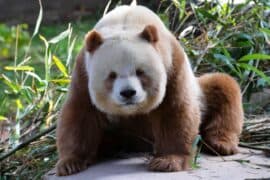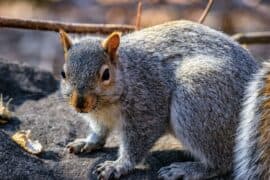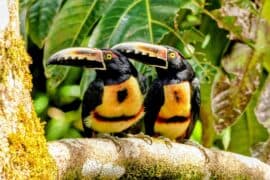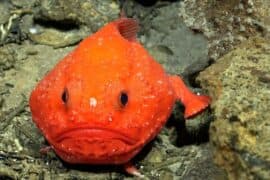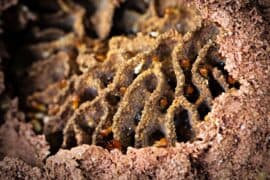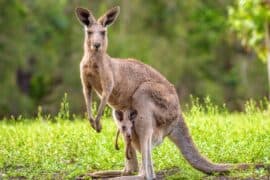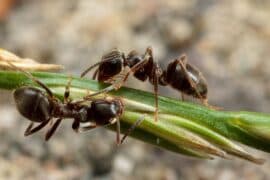Two-spotted bumble bee
(Bombus bimaculatus)
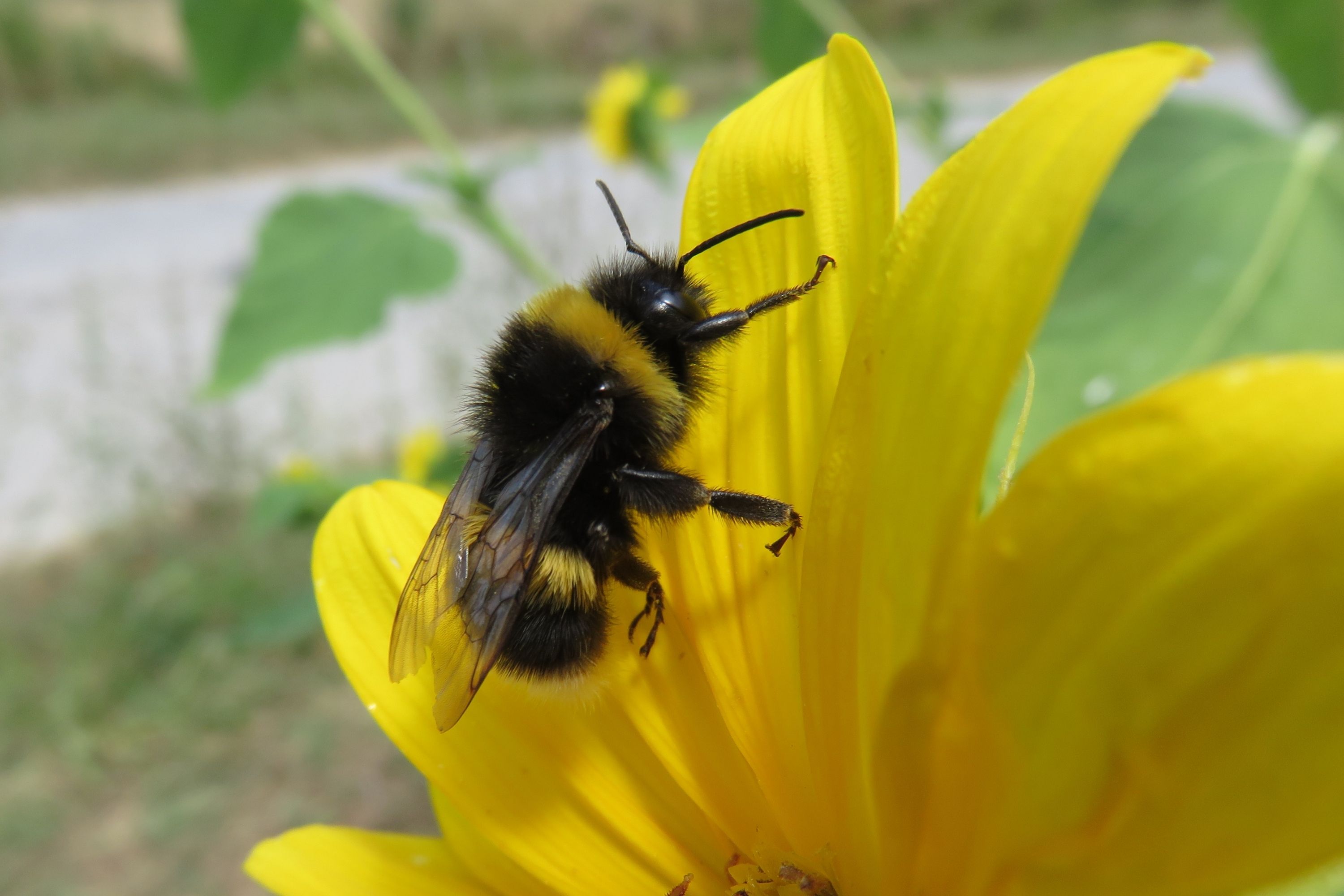
Description
The two-spotted bumble bee (Bombus bimaculatus) is a species of social bumble bee found in the eastern half of the United States and the adjacent south-eastern part of Canada. In older literature this bee is often referred to as Bremus bimaculatus, Bremus being a synonym for Bombus. The bee's common name comes from the two yellow spots on its abdomen. Unlike many of the other species of bee in the genus Bombus, B. bimaculatus is not on the decline, but instead is very stable. They are abundant pollinators that forage at a variety of plants. Bombus bimaculatus is in the subgenus Pyrobombus, which is closely related to the subgenera Alpinobombus and Bombus out of the 15 total. Within Pyrobombus, B. bimaculatus is most closely related to B. monticola, B. sylvicola, and B. lapponicus. Additionally, B. bimaculatus can oftentimes be confused with B. impatiens and B. griseocollis, as their colorations are very similar. Bombus bimaculatus was first described by Ezra Townsend Cresson, an American entomologist, in 1863. Workers look very similar to queens, with the two mainly distinguished by size. Sometimes large workers can be mistaken for small queens, especially toward the end of the season when workers have grown larger and new queens emerge. Queens have a black face with a triangular patch of yellow hairs on the vertex. Their thorax is yellow except for a shining area on the disc that is bordered by black hairs. Their venter is black with some yellow hairs on the legs. Male faces have intermixed black and yellow hairs. They resemble females in most markings, except their tergite 2 has more yellow lateral hairs than the female whose tergite 2 has black edges and few yellow lateral hairs. The size of the radial cell in the wing differs for each. Workers have the smallest, ranging from 2.5 to 3.6 mm. Males are slightly bigger at 2.6–3.6 mm. Queens have the largest at 3.4–4.1 mm. B. bimaculatus is mainly found in eastern temperate forest regions throughout the United States and the southeastern part of Canada. It can also live in the coastal plains of the southeastern United States, the eastern Boreal forest, and the eastern Great Plains. This bee lives in underground nests, preferably in or around wooden areas and gardens. Nests can be anywhere from 6 inches to a foot below the surface.
Taxonomic tree:

